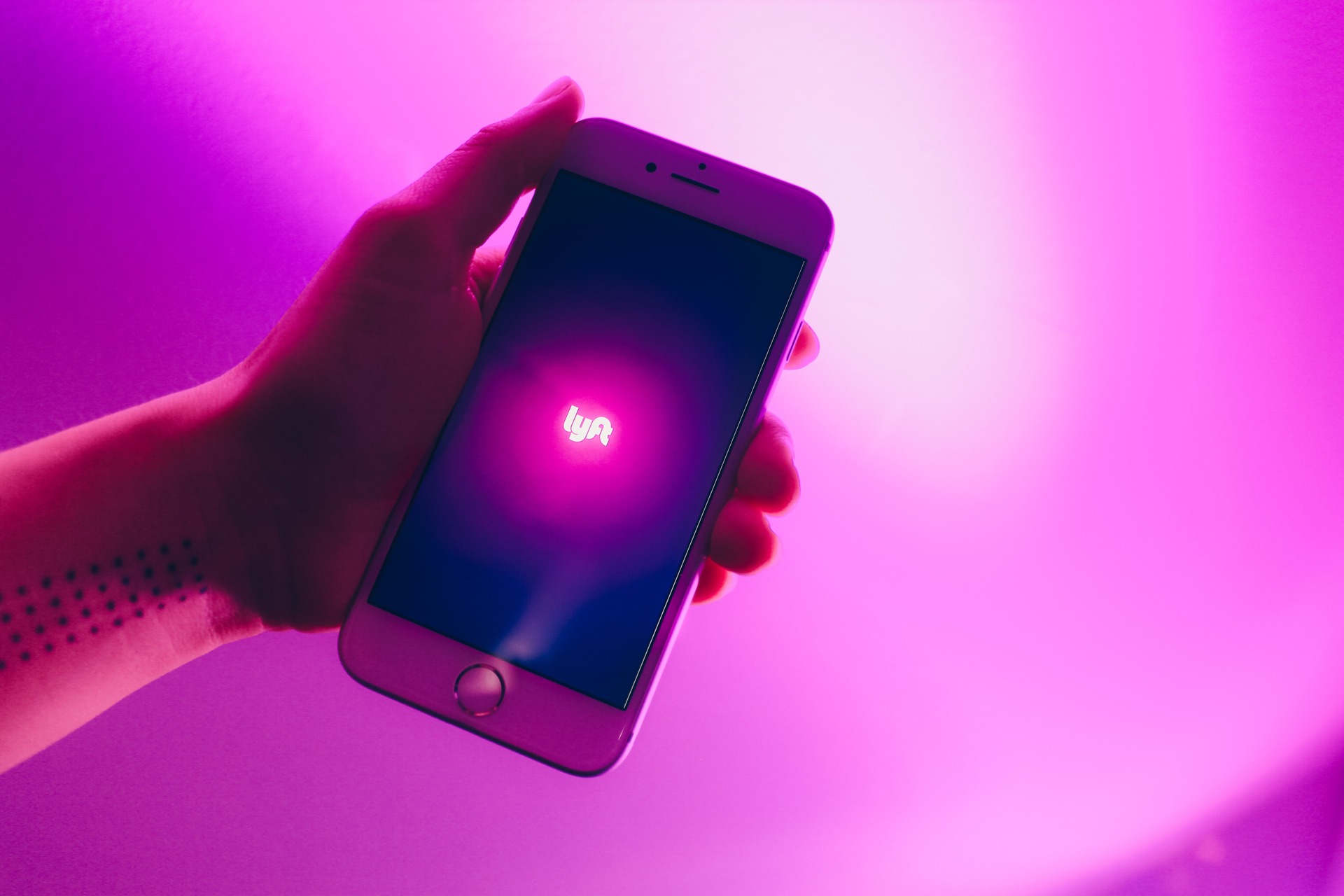Everything You Should Know Before You Download a Ride-Sharing App
Oct 16, 2017

As an Amazon Associate, Modded gets commissions for purchases made through links in this post.
Ride-sharing apps are all the rage right now and for good reason. Being a responsible driver is often lauded but isn’t always convenient. If you’re exhausted, have been drinking or are just unable to focus, then driving is a dangerous task.
In these situations, you’d traditionally have to plan by choosing a designated driver or hitching a ride with friends, family or colleagues. Today, you can call a ride-sharing service or use a ride-sharing app to hire a driver. It’s convenient and affordable. Many people prefer these services to traditional taxis.
You’d think taking a harmless ride from point A to point B would be relatively simple, but that’s not necessarily the case, especially if something happens along that route. We’re going to take a closer look at some of the terms and conditions you agree to when using the service, what you should watch out for and what some of the troubling aspects of the business are.
Ride-Sharing vs. Conventional Transportation
For most ride-sharing services like Uber and Lyft, the drivers are individually responsible for their vehicles and getting sufficient insurance coverage.
Taxi and limousine services, however, are audited yearly by the Department of Transportation to ensure they meet all safety requirements. Drivers must take an annual safety test for certification and are subject to random drug tests. Taxi companies aren’t always as strict, but limousine providers often do extensive background checks on their drivers. The law requires these companies to have sufficient insurance coverage both for their business and for every vehicle in their fleet.
That’s just one of the main reasons why ride-sharing services tend to be cheaper.
That doesn’t necessarily mean ride-sharing services don’t check their drivers. You don’t need a commercial license to become a driver, but you do need to have a clean driving record, and all services will do a Department of Motor Vehicles (DMV) check. Uber, Lyft, and Sidecar also conduct 10-year background checks when you apply. Anyone convicted of a violent crime, sexual offense or DUI will not be hired.
More recently, the three top providers started offering supplemental insurance – up to $1 million – for all drivers if their personal insurance doesn’t cover an accident. To recuperate this cost, Uber and Lyft charge $1 per ride for insurance to every customer.
Cars cannot be more than 10 years old and to accommodate this, some of the services allow drivers to rent vehicles and phones for work.
What Is Lurking in the Shadows?
When ordering a ride any of the ride-sharing apps, you automatically agree to terms of service agreement or TOS. Uber, for example, explicitly states that riders accept any and all risk when using the service. That doesn’t mean drivers can’t get in trouble if they clobber you over the head with a hammer, but the ride-sharing service isn’t going to foot the bill.
That’s concerning because it means if you’re a victim of a crime during a ride, or if you’re in an accident, the service is not on the hook. You are taking that risk on completely and willfully by using the service.
When you order a ride, you don’t know much about the person who’s picking you up. To combat this, ride-sharing services put rating systems in place for drivers and passengers. You always, of course, have the option to refuse to ride with a driver.
Problems, however, still occur. In one incident, a 6-year-old girl was struck and killed by an Uber driver on New Year’s Eve in San Francisco. There have been other concerning allegations including sexual assault, groping, kidnapping and physical assault. Some of the perpetrators have not been criminally charged for their actions.
These types of things can, of course, happen in a taxi or limousine too. Before you accept a ride from any of these services, be sure that the situation seems safe. If something feels off to you, don’t get in the car. While most rides will be incident-free, it’s important to always be careful and aware of your surroundings.
Associated Costs and Fees
On average, ride-sharing apps tend to cost about 10 to 30 percent less than regular taxi and transportation companies. But they also do things a bit differently, which can directly affect the prices you’ll pay for a ride.
Uber, for example, has “surge” pricing during large events and popular ride times, which make costs higher than normal. This could result in higher prices for ride-sharing services than regular taxis during busy times, such as on New Year’s Eve and other major holidays.
On the other hand, Lyft has a unique “happy hour” mode during non-peak hours where rides are much cheaper than they usually would be.
Some of the services offer alternate ride options, like UberBlack, XL, and VAN that are more in line with the limousine and luxury ride business.
Ride-sharing apps are typically cheaper than taxis, but that can change in certain situations. You need to assess the time you are ordering a ride if you want to choose the cheaper option.
Paying and Tips
Ride-sharing apps, taxis and limos all charge based on the length of the trip but approach payment differently.
Taxis require you to pay in cash or credit after arriving at your destination. The meter in the car calculates the time and cost of the drive, including time spent waiting for you. Some drivers only accept cash. Furthermore, tipping is expected. Limousines work similarly to taxis, but you often pay by the hour.
With ride-sharing services, on the other hand, no cash or payment information is exchanged between the passenger and the driver. No tips are required, though they are certainly welcome. All payment processing is handled via the mobile app, as is ride tracking and pricing. This makes the entire process faster. You can climb into a car and leave right when you reach your destination. Any time the driver spends waiting for you to reach the vehicle is not included in the price.
Delivery Services
As a bonus, most of the ride-sharing services offer a delivery option too – such as UberEats. The drivers will go to a local eatery or restaurant, pick up your ordered food and deliver it to you. This differs from the ride service because no one is getting in the car except for the driver. It’s extremely convenient, especially if you want to order from a restaurant or local spot that doesn’t deliver.
Know Your Options
Ride-sharing apps can be useful, affordable and convenient, but you should always be careful when using these services and make sure you understand the TOS you agree to. In the end, it’s up to you whether you use an app-based service or go the conventional route. They both have their advantages and drawbacks. Just keep payment options, fees, available extra services and, of course, safety in mind next time you need a ride.






